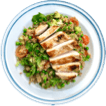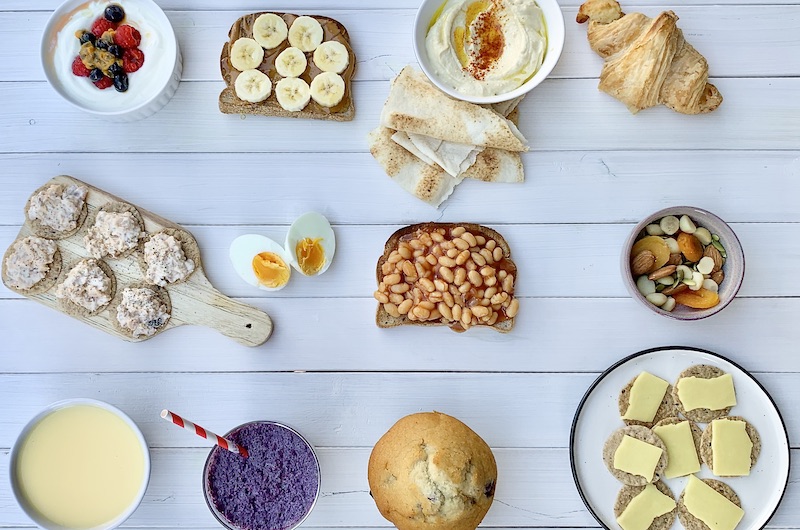It is well known that one-in-three older adults do not get enough protein. This is due to reduced appetite, chewing and swallowing issues, impaired sense of taste and smell and limited independence with shopping and cooking. A diet that is low in protein can have permanent effects on muscle and bone health. This can lead to weakness, aches and pains, increased risk of falls, and reduced quality of life.
There are many foods that are high in protein. A good place to start would be to find high protein foods that you love to eat. Next, ensure that at least one of these foods are in all of your meals each day.
Eggs are a full of protein and are a great addition to breakfast, pastas, desserts and soups. Having a few boiled eggs in the refrigerator can also result in a quick and easy snack.
Cheeses are available in huge varieties and can also be added to main meals and snacks. Cottage cheese can be added to lasagne, parmesan cheese can be added to soups, salads and pasta dishes, or sliced hard cheeses can be enjoyed with crackers.
The resource “How to eat more protein” has some more ideas.







